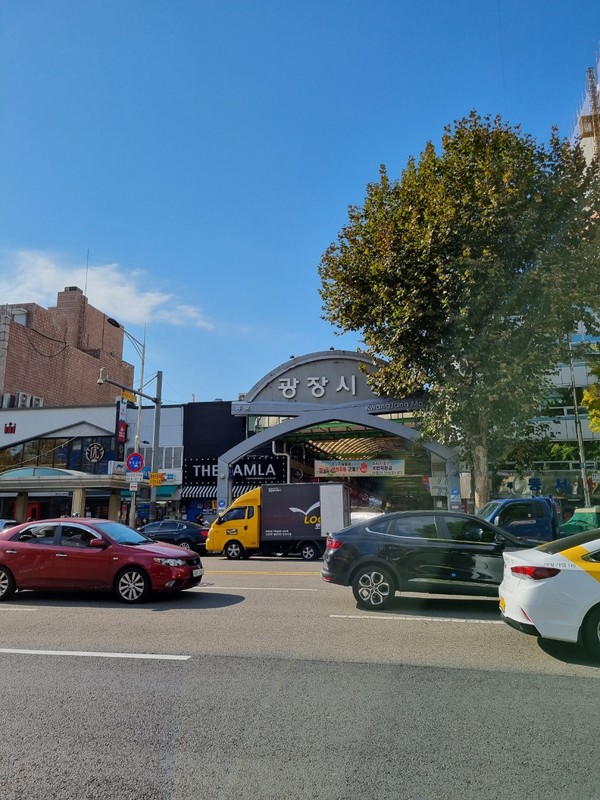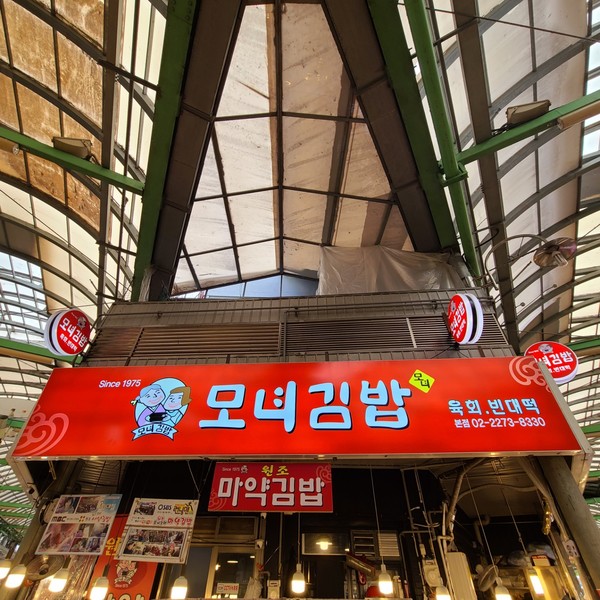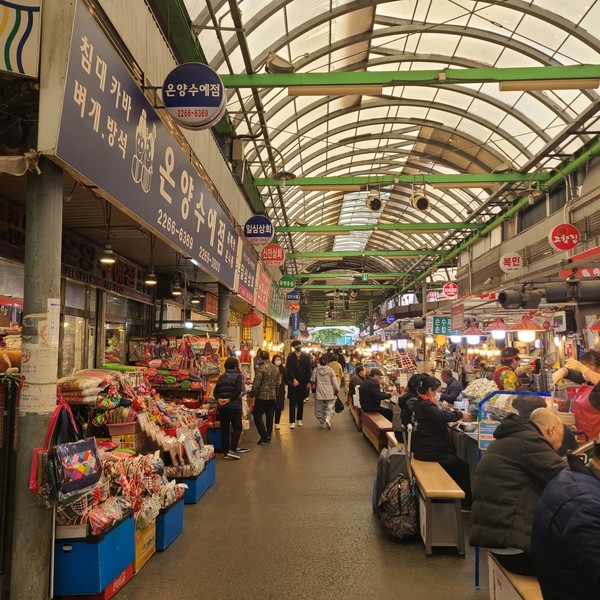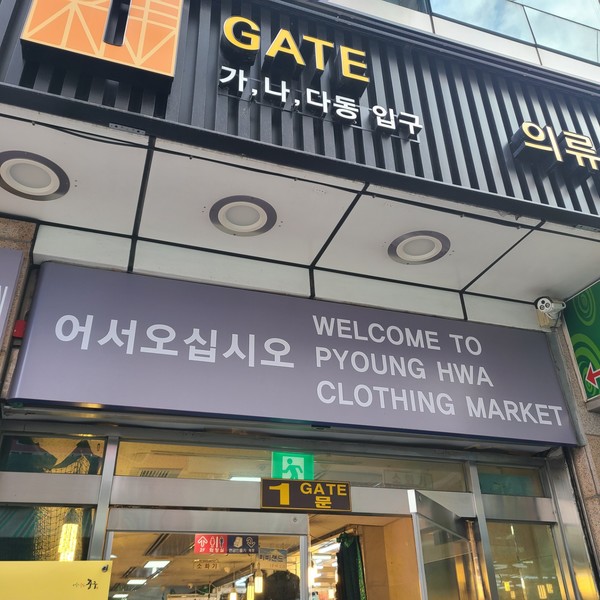Experiencing traditional Korean marketplaces
NESTLED IN various parts of Seoul, one might come across a marketplace, known as a si-jang in Korean. These markets—though they historically looked like a congested street of merchants and shoppers blustering at one another—now occupy mainly large buildings and are packed tight with various vendors. Si-jangs have withstood the test of time—they were the central scene for purchasing local and imported goods during the Joseon dynasty. Despite the influx of large supermarkets, si-jangs are still invaluable to Korean society. Supermarkets, while convenient and clean, do not offer the same social interaction presented by traditional markets. Through visiting different si-jangs around Seoul, you will get the opportunity to converse and interact with vendor owners and even haggle the price of goods.


Gwang-jang si-jang
Located near Cheonggyecheon in the Jong-no district, Gwang-jang si-jang has a history that spans more than 115 years and is famous for its traditional Korean foods. Ho-tteok, a cinnamon sugar filled pancake, is a must-try winter street food at Gwang-jang si-jang. The Gwang-jang Ho-tteok vendor at the market’s entrance wafts a sweet sugary smell, attracting those passing by. As you walk further into the market, you will spot numerous ma-yak kim-bap vendors. Ma-yak kim-bap can be directly translated as “drug” kim-bap. Mo-nyeo kim-bap is the original street vendor in Korea for ma-yak kim-bap that has been running for over 40 years. The dish gained its name and fame for its addicting flavor. While ma-yak kim-bap is much simpler and smaller than normal kim-bap, its mustard sauce adds an unexpected, but pleasant, tang. Gwang-jang si-jang is also famous for its kal-guk-soo, or “knife cut noodle soup.” One vendor called Go-hyang kal-guk-soo, meaning “Hometown kal-guk-soo,” even made a Netflix feature on the documentary Street Food which follows the history of well-known dishes around the world.
Location: 88, Changgyeonggung-ro, Jongno-gu, Seoul
Opening Times: 9:00 – 17:00

Tong-in si-jang
Tong-in si-jang is a cultural market comprised of more than 80 stores that offer traditional delicacies. Tong-in si-jang was first established in 1941 as a public market for the Japanese living near Hyoja-dong during the Japanese colonial era. As Japanese influence faded out and the country began to modernize following the end of the Korean War, the area experienced an influx of more shops and people forming what is now recognized as Tong-in si-jang. Tong-in si-jang differentiates itself from other traditional Korean markets in Seoul with its yeop-jeon system. Yeop-jeon is a brass coin that was first issued in 1678—they were used as currency to purchase goods until the final years of the Joseon Dynasty, until it died out. But today, Tong-in si-jang made their own version of the currency as a sustainable replacement of their old paper coupon system from 2011. You can purchase the yeop-jeons at the customer center. ₩5,000 will give you 10 yeop-jeons, and fear not if you do not use up all of the coins, as they are refundable. You can enjoy a hearty Korean meal by filling your food tray with side dishes called ban-chans and guk[1] from affiliated food stands, along with oil tteok-bokki, and head to a restaurant called the “Do-si-rak[2] café” to feast on your meal.
Location: 18, Jahamun-ro 15-gil, Jongno-gu, Seoul
Opening Hours: 07:00 - 21:00

Pyoung-hwa si-jang
Living up to its name of the “fashion mecca” of Korea, Dongdaemun is famous for its wholesale markets, one of them being Pyoung-hwa si-jang. Pyoung-hwa si-jang is said to have started when North Korean refugees came to the South during the Korean War. A large majority of these refugees made up the merchant population who manufactured and sold clothing along Cheonggyecheon[3]. But after a great fire in 1958, a three-story modern building was built in 1961, giving the clothing lane an opportunity to establish itself as a clothing market—and it has since grown into what we know today as Pyoung-hwa si-jang. Unlike other si-jangs, Pyoung-hwa si-jang has odd operating hours because it is a wholesale market, so the sellers target retailers who come to purchase at non-operating hours to prepare for their shops. Prior to the pandemic hitting the offline apparel industry in Korea, it used to be difficult to purchase clothing from Pyoung-hwa si-jang as an individual or non-retailer. However, since sellers are eager to make sales, you will find it relatively easier to bargain and buy single pieces of clothing.
Location: 253, Jangchungdan-ro, Jung-gu, Seoul
Operating Hours: 9:00 - 17:30
[1] Guk: Any type of Korean soup that is usually eaten together with rice.
[2] Do-si-rak: Korean for lunchbox
[3] The Federation of Korea Culture Center

